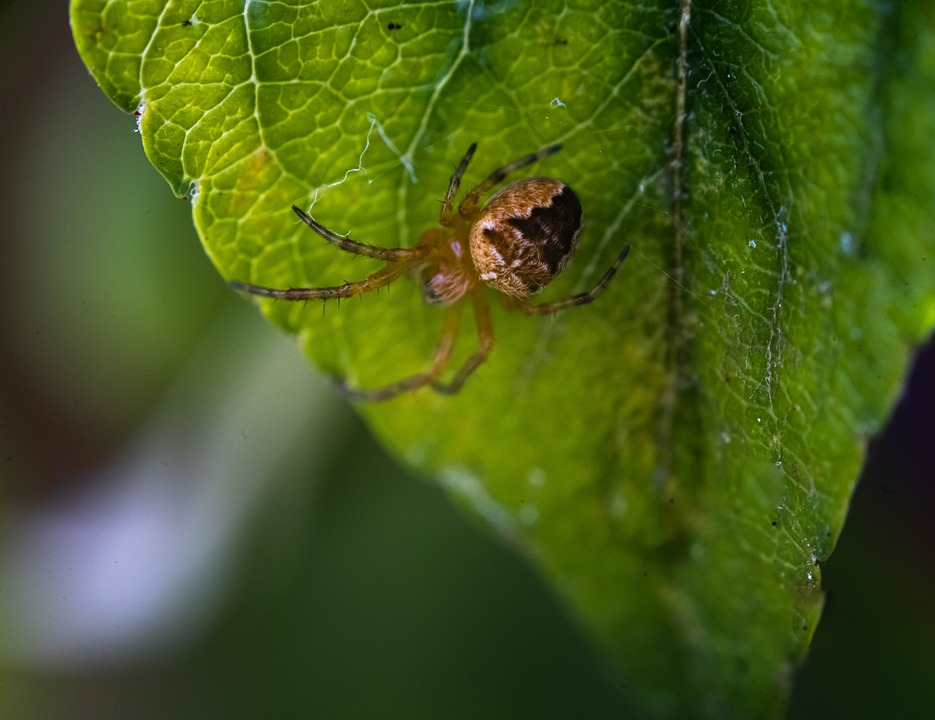While most people are familiar with the beauty and grace of butterflies, few are aware of the fascinating world of venomous hairy caterpillars. These seemingly harmless creatures have developed a unique defense mechanism that sets them apart from their non-venomous counterparts. In this article, we will explore the biology, distribution, and effects of venomous hairy caterpillars, as well as provide essential information on how to safely handle and avoid adverse reactions from these intriguing insects.
An Overview of Hairy Caterpillars
Hairy caterpillars, also known as stinging caterpillars, are the larvae of various moth and butterfly species. These caterpillars have specialized hairs called setae, which are filled with venom and can cause painful stings when touched. The setae are used as a defense mechanism to deter predators from consuming them. The intensity of the sting can vary depending on the species and the individual’s sensitivity to the venom.
Species of Venomous Hairy Caterpillars
There are several species of venomous hairy caterpillars found worldwide, including:
- Puss caterpillar (Megalopyge opercularis): Found in the southeastern United States, this species is considered the most venomous caterpillar in North America. Its sting can cause severe pain, vomiting, and even respiratory distress.
- Giant silkworm moth (Lonomia obliqua): This species is native to South America and is responsible for several fatalities due to its potent venom.
- Pine processionary caterpillar (Thaumetopoea pityocampa): Common in Europe, this caterpillar can cause skin irritation, conjunctivitis, and even respiratory problems when encountered.
- Hickory tussock caterpillar (Lophocampa caryae): Found in North America, the sting from this species can cause pain and inflammation, but is generally less severe than other species.
Signs and Symptoms of Venomous Hairy Caterpillar Stings
When a person comes into contact with a venomous hairy caterpillar, they may experience a range of symptoms depending on the species and their sensitivity to the venom. Some common signs and symptoms include:
- Immediate pain at the site of the sting
- Redness and swelling around the affected area
- Rash or hives on the skin
- Itching and burning sensation
- Nausea and vomiting (in severe cases)
- Difficulty breathing or chest tightness (rare)
Treatment and Prevention of Venomous Hairy Caterpillar Stings
If you are stung by a venomous hairy caterpillar, it is essential to take the following steps:
- Remove any visible setae from the skin with tweezers or adhesive tape.
- Wash the affected area with soap and water to minimize the spread of venom.
- Apply a cold pack to reduce pain and swelling.
- Take over-the-counter pain relievers and antihistamines to manage pain and itching.
- Seek medical attention if symptoms worsen or do not improve within a few hours.
To prevent venomous hairy caterpillar stings, avoid touching or handling caterpillars, especially if they appear fuzzy or hairy. Wear long sleeves, pants, and gloves when working outdoors, and be cautious when collecting firewood, trimming trees, or engaging in other outdoor activities where caterpillars may be present.
Conclusion
Although venomous hairy caterpillars may seem like an unusual and unlikely threat, it is essential to be aware of these creatures and their potential harmful effects. By understanding their biology, distribution, and the signs and symptoms of their stings, individuals can take appropriate precautions to avoid contact with these intriguing insects and seek appropriate treatment when necessary.
Frequently Asked Questions (FAQs)
Are all hairy caterpillars venomous?
No, not all hairy caterpillars are venomous. Only certain species have venomous setae, while others have harmless hairs. It is essential to avoid handling any hairy caterpillars unless you can positively identify them as non-venomous.
Can venomous caterpillar stings be fatal?
While extremely rare, some venomous caterpillar stings, such as those from the giant silkworm moth (Lonomia obliqua), can be fatal. However, most caterpillar stings will only cause mild to moderate pain and discomfort, with severe reactions being uncommon.
How can I tell if a caterpillar is venomous?
It can be challenging to distinguish venomous caterpillars from non-venomous ones, as their appearance can vary significantly among species. If you encounter a hairy caterpillar, it is best to assume it may be venomous and avoid handling it. Consult an expert if you need to identify a specific species.

No responses yet